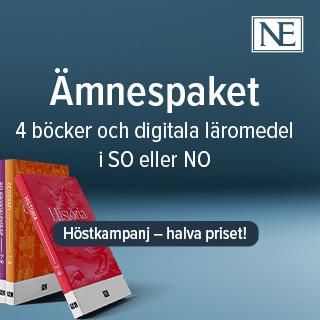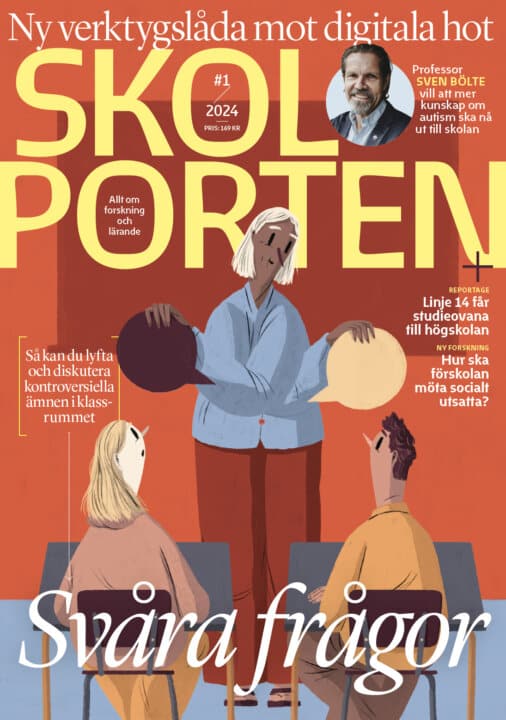Byggarbetsplatsen som skola – eller skolan som byggarbetsplats?: En studie av byggnadsarbetares yrkesutbildning
Frågan för Ingrid Berglunds avhandling, Byggarbetsplatsen som skola – eller skolan som byggarbetsplats?: En studie av byggnadsarbetares yrkesutbildning, är förhållandet mellan yrkesutbildning i allmänhet och yrkesutbildningen för byggnad och konstruktion i synnerhet.
Ingrid Berglund
Docent Inger Ericsson, lektor Viveca Lindberg
Professor Lisbeth Lundahl
SU – Stockholms universitet
2009-10-23
Byggarbetsplatsen som skola – eller skolan som byggarbetsplats?: En studie av byggnadsarbetares yrkesutbildning
Institutionen för didaktik och pedagogiskt arbete
Byggarbetsplatsen som skola – eller skolan som byggarbetsplats?: En studie av byggnadsarbetares yrkesutbildning
Avhandlingen handlar om frågor som rör relationen mellan yrkesutbildning i allmänhet och byggutbildning i synnerhet och innebörden av att yrkesutbildningen genomförs både i skolan och i arbetslivet. Utbildning till byggnadsarbetare inleds med 3 år på det gymnasiala byggprogrammet, följt av 2-3 års färdigutbildning på företag, som sammantaget utgör byggbranschens lärlingsutbildning.I en fallstudie vid en gymnasial byggutbildning följs och dokumenteras den dagliga undervisningen, såväl i de skolförlagda som i de arbetsplatsförlagda delarna. Observationerna utgör, tillsammans med samtal och intervjuer med lärare, handledare, elever och skolledare, underlag för beskrivningar och analyser av utbildningen ur ett verksamhetsteoretiskt perspektiv. Analysen innebär att urskilja byggutbildningens huvudsakliga motiv. Även beskrivningar och verksamhetsteoretiska analyser av såväl byggyrkets som yrkes- och byggutbildningens historiska utveckling utgör grund för studiens resultat.Studien visar att byggutbildningen består av två verksamheter, en dominerande byggproduktionsverksamhet och en skolverksamhet. Byggbranschens villkor tycks vara styrande för hur innehållet även i skolans byggproduktion realiseras, där lagarbetet, manlighetsnormen, det manuella hantverket och skyddet av yrkesgränser betonas. I skolverksamheten är en satsning på infärgning av kärnämnen med yrkesinnehåll under uppbyggnad, med syftet att ge eleverna goda förutsättningar för framtida kompetensutveckling inom yrkeslivet. Innehållet i byggutbildningens verksamheter, diskuteras även i relation till föreställningar om teori och praktik och förekommande schablonbilder om yrkeselevers förutsättningar.Slutsatsen kan dras att lärlingssystemet, i motsats till kärnämnesinfärgningen, kan medföra att eleverna utvecklar ett smalt yrkeskunnande.
Abstract in English
The issue of this dissertation is the relationship between Vocational Education and Training (VET) in general and VET for building and construction in particular, as well as implications of the fact that Swedish VET is carried out both in school and in working life. Vocational construction education includes a three year Construction Programme at upper secondary school followed by two to three years of on-the-job training in the construction industry.In this case study of an upper secondary Construction Programme, the school based daily instruction as well as work based training, is explored and documented. These constitute a base for descriptions and analysis of education as a whole from the perspective of Cultural Historical Activity Theory (CHAT). The aim of the analysis is to identify the main motives for vocational construction education. The case study results are further based on descriptions and CHAT-analyses of the historical development of construction work as well as of Swedish VET in general and of vocational construction area in particular.The case study illustrates that two activities form vocational construction education; the dominating activity being construction production, and school-activity. The terms of construction industry seem to greatly determine the realisation of the school based construction production activity. E.g. teamwork is emphasised in both activities. The school activity is marked by the implementation of infusion of core subjects by vocational subjects, aimed at preparing the students for continued professional development in the trade.The conclusion drawn here is that the new Swedish apprenticeship seems to contribute to a narrow professional knowledge base, whereas the use of infused core subjects seems to contribute to a broader professional knowledge base.
Relaterade länkar

Fritidshem
 Åk F–6
Åk F–6 Matematikångest
 Åk 4–Vux
Åk 4–Vux 






